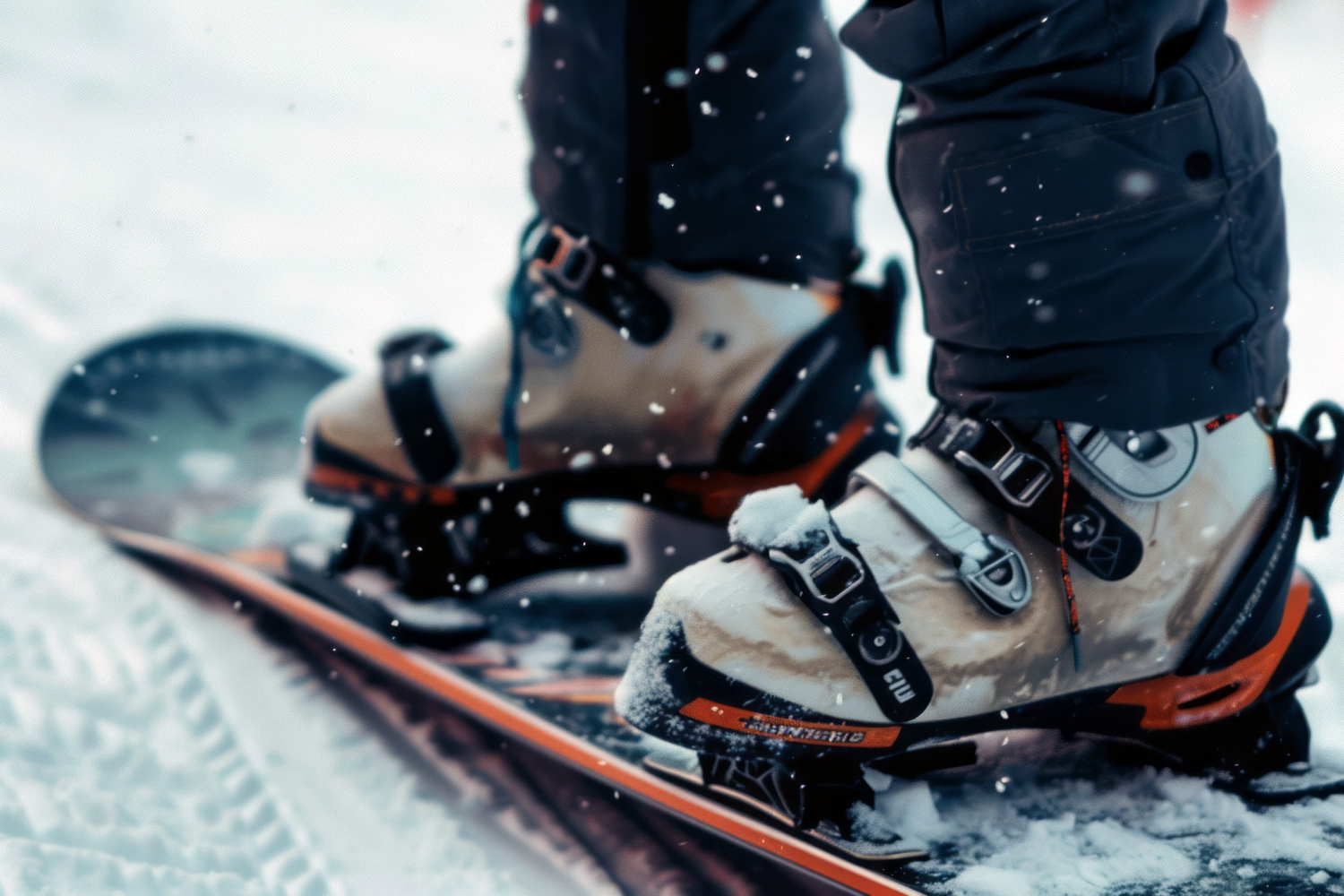Stainless steel in the snow
Pdf download
Skiing, a sport that demands precision and performance under extreme conditions, requires skiers' skills, technology, and the right materials from which the ski is made to perform optimally.
Ski equipment and ski resort infrastructures are constantly confronted with impacts, low temperatures and high humidity levels, factors that accelerate the wear and tear of materials. In this context, stainless steel stands out for its composition, which is capable of resisting corrosion even in the harshest environments.
In particular, AISI 316 stainless steel is widely used in the manufacture of components for both ski equipment and resort infrastructure. Its excellent resistance to corrosion and fatigue ensures durability, guaranteeing the performance and reliability of the material in the demanding climatic conditions of ski areas.

Ski components made of stainless steel
Stainless steel is used in certain ski components, especially those parts exposed to extreme conditions such as screws and bindings. These elements are subjected to torsional, impact, and compressive forces during skiing, so they must be manufactured from materials that offer an optimal combination of fatigue and corrosion resistance. Stainless steel bindings, like screws, must be able to withstand dynamic and static loads without losing their mechanical properties.

Applications in ski resort infrastructures
Lift systems and ski lifts, in general, are essential elements for the transport of skiers (who do not practice cross-country skiing) and their construction includes components such as cables and other critical parts made of stainless steel.
It is also used in the maintenance systems of ski resorts, such as in the grooming machines that prepare the snow, ensuring that the slopes are in optimum condition for the following day. It is also used in artificial snow cannons, which produce snow when it is needed.

Another location where we find this material in ski resorts is in safety structures, such as walkways, stairs and handrails.
The use of stainless steel in the ski industry is a clear example of how the advanced properties of this material contribute to the performance, safety and longevity of products in extreme conditions.